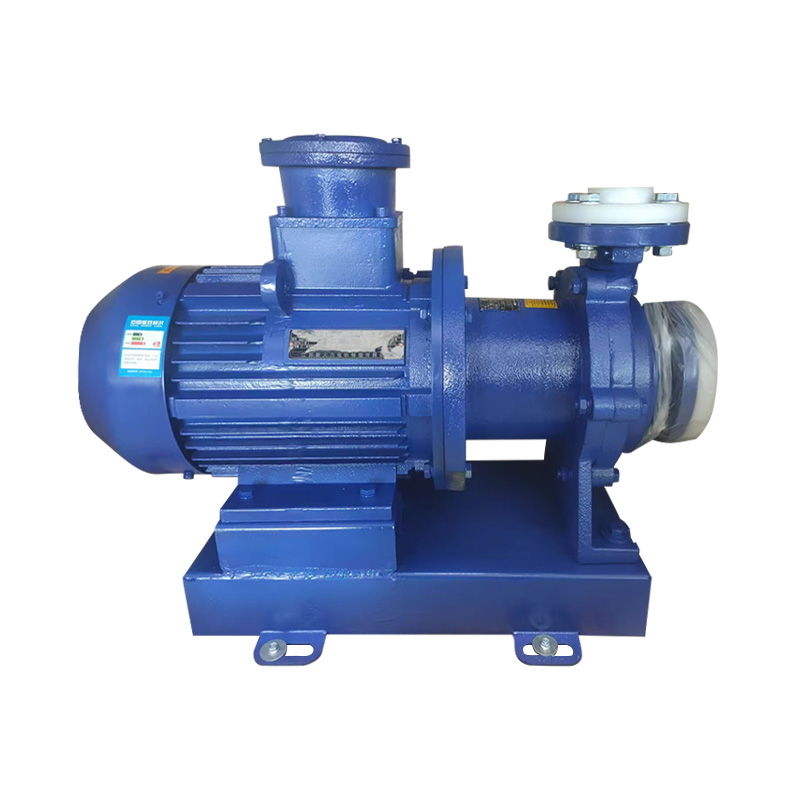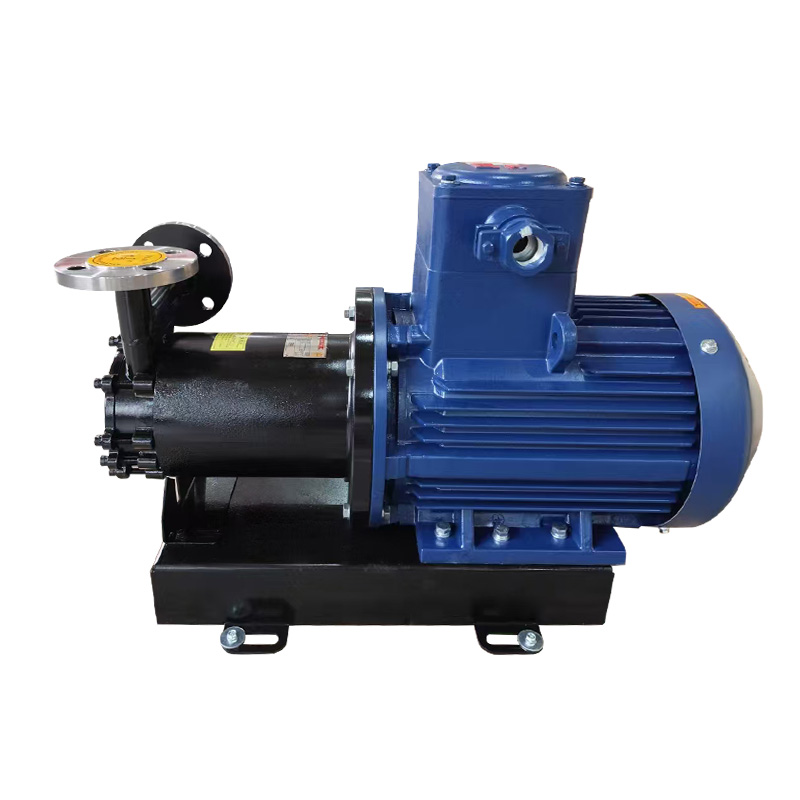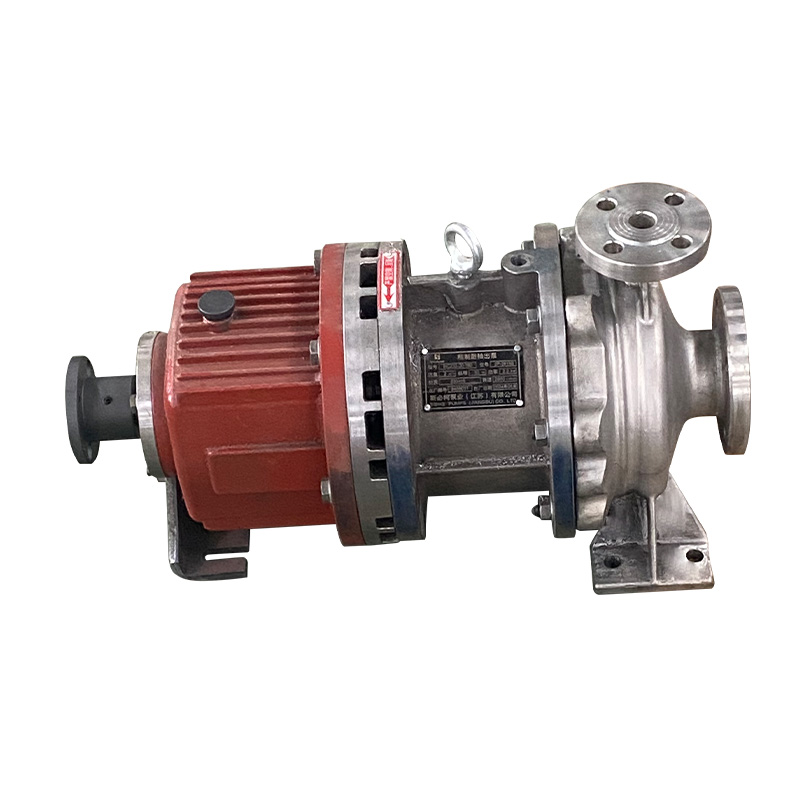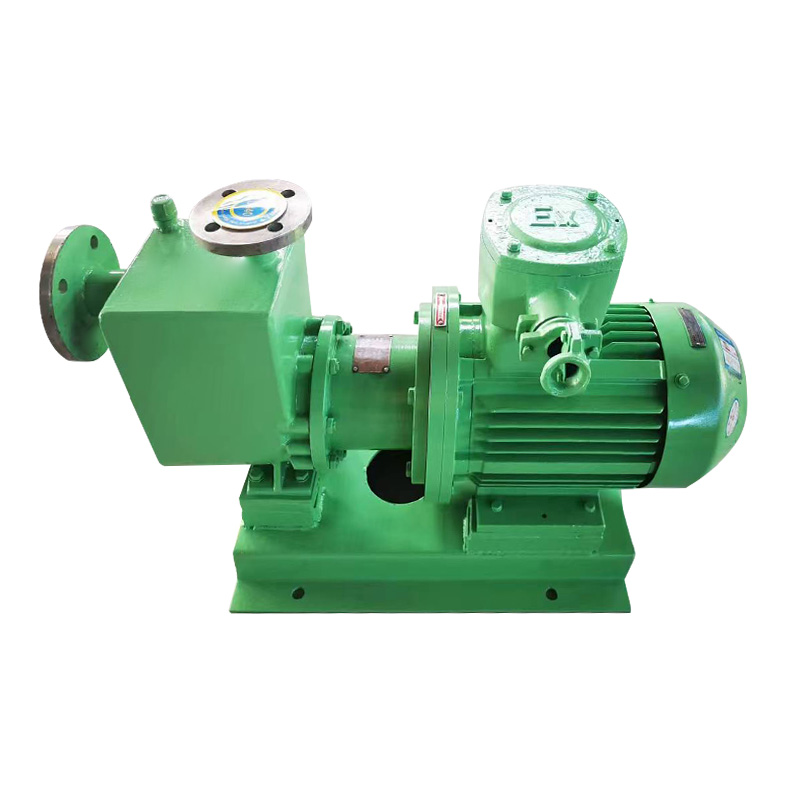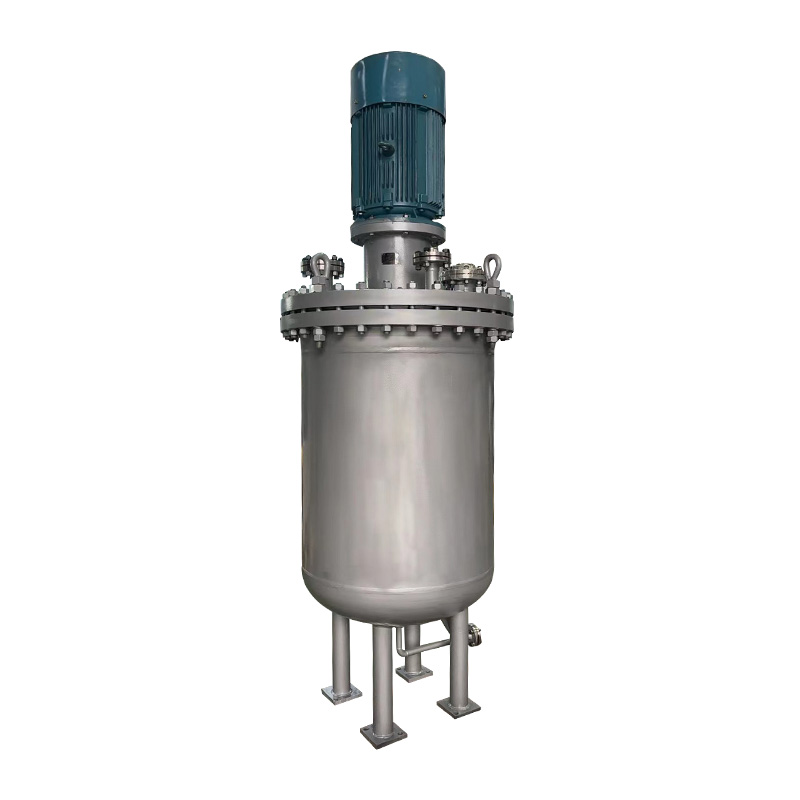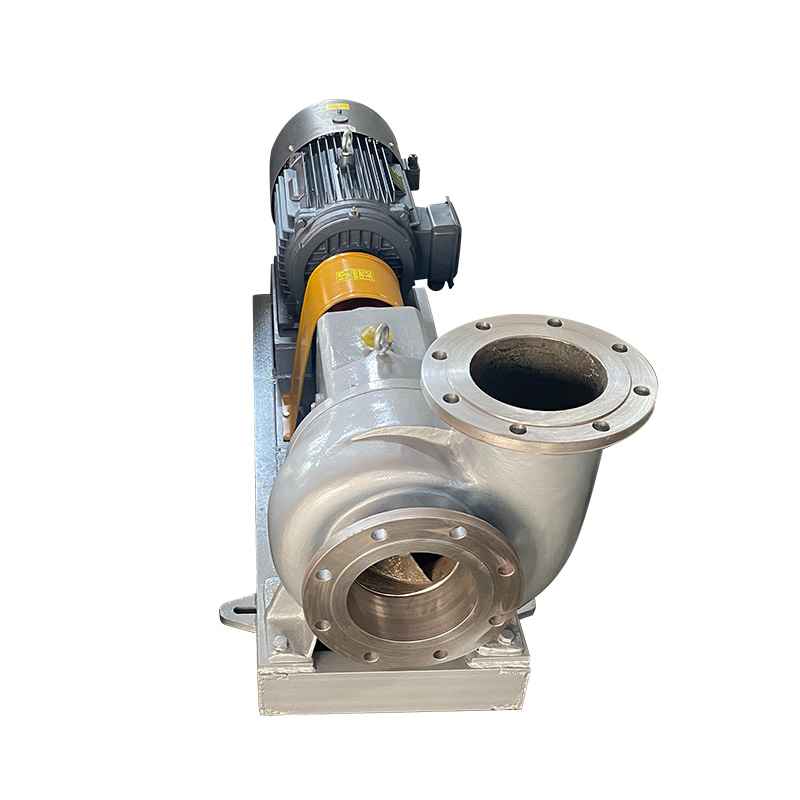In the long history of industrial fluid conveyance, pumps, as core equipment, directly determine the efficiency and safety of entire production processes. Traditional pump designs mostly rely on mechanical seals to prevent medium leakage. However, when handling highly corrosive, toxic, harmful, flammable, or explosive media, mechanical seal failure not only causes costly material loss but may also trigger severe safety accidents. This inherent technical pain point has long plagued high-risk industries such as chemical engineering, pharmaceuticals, and environmental protection. Nevertheless, with continuous technological evolution, an innovative device called the WFB type sealless self-control self-priming pump is revolutionizing the traditional pump industry with its unique design philosophy and outstanding performance. By perfectly integrating three core functions—sealless operation, self-control, and self-priming—it injects powerful new momentum into industrial fluid conveyance, fundamentally solving numerous problems of traditional pumps and opening up a new path for safe, efficient, and environmentally friendly industrial production.
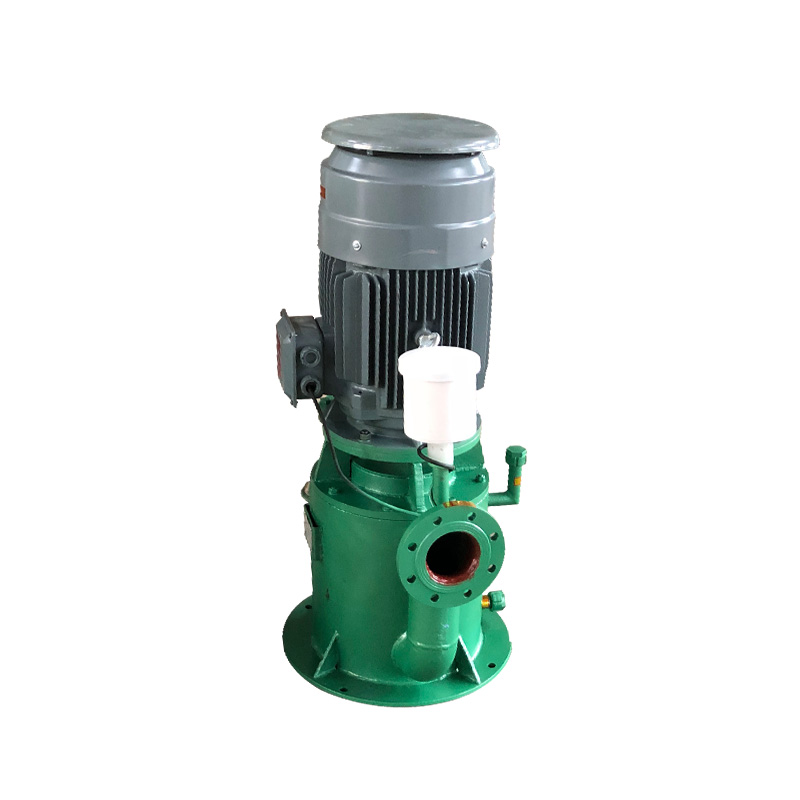
From Principle to Practice: In-Depth Analysis of the Working Mechanism of Sealless Self-Control Self-Priming Pumps
To understand the revolutionary nature of the WFB pump, we must first dissect its unique working mechanism.
The essence of its “sealless” feature lies in the adoption of non-contact structures such as magnetic drives or isolation sleeves, completely eliminating traditional mechanical seal devices. This means a fully isolated barrier exists between the medium in the pump cavity and the external environment. Even during long-term operation or under high-pressure conditions, there is no need to worry about leakage due to seal wear, fundamentally preventing the dripping, leakage, and volatilization of toxic and harmful media, and significantly enhancing safety guarantees for operators and environmental protection.
Second, the “self-priming” function is another core technology of the WFB pump. Before startup, the pump cavity can retain a certain amount of liquid through special design. When the motor starts, the impeller rotates at high speed, creating negative pressure in the pump cavity to expel air from the suction pipeline. As negative pressure increases, external media are drawn into the pump cavity by atmospheric pressure, completing the self-priming process. This eliminates the need for external water injection, greatly simplifying startup operations—especially suitable for working conditions where the liquid level is lower than the pump installation position.
Finally, the “self-control” function endows the WFB pump with intelligent capabilities. It is usually equipped with built-in liquid level sensors or integrated with external control systems, enabling automatic startup and shutdown based on liquid level changes. For example, the pump automatically stops when the liquid is exhausted to prevent damage from dry running, and restarts when the liquid level rises to the set value. This self-control capability reduces reliance on manual operations and effectively avoids equipment damage caused by misoperation.
Highlighting Core Advantages: Value Manifestation of Sealless Self-Control Self-Priming Pumps in Different Fields
The three core functions of the WFB pump enable it to demonstrate unparalleled value in multiple fields.
-
Safety revolution: In chemical production, many media such as strong acids, alkalis, organic solvents are highly toxic, corrosive, flammable, or explosive. Once a traditional mechanically sealed pump leaks, the consequences are unimaginable. The sealless design of the WFB pump fundamentally eliminates this hidden danger, providing the highest level of safety guarantee for conveying high-risk media.
-
Efficiency improvement: The self-priming function simplifies startup procedures, especially in scenarios requiring frequent starts and stops, eliminating tedious liquid filling operations and improving work efficiency. The self-control function enables unattended automatic operation, reducing the need for manual inspection and intervention, effectively saving labor costs, and minimizing equipment failures caused by human negligence.
-
Economic benefits: WFB pumps usually adopt advanced corrosion-resistant materials such as fluoroplastics and stainless steel, giving them an ultra-long service life when handling various corrosive media, reducing maintenance and replacement frequency, and bringing significant economic benefits to enterprises.
Chemical Engineering and Environmental Protection: Typical Application Scenarios of Sealless Self-Control Self-Priming Pumps
The outstanding performance of WFB pumps makes them core equipment in many special industries.
-
Chemical industry: Widely used for conveying strong acids, alkalis, toxic liquids, and volatile organic solvents such as hydrochloric acid, sulfuric acid, nitric acid, toluene, and acetone. Their corrosion resistance and leak-free characteristics perfectly meet the strict safety and environmental protection requirements of chemical production.
-
Pharmaceutical industry: Used to convey high-purity, sterile medicinal liquids. The sealless design avoids secondary contamination of liquids by particles generated from seal wear.
-
Environmental protection: Play a key role in sewage treatment, waste gas absorption tower circulation, and electroplating solution conveyance. For example, when handling industrial wastewater containing strong acids and alkalis, the corrosion resistance of WFB pumps ensures stable operation, while their self-priming capability facilitates wastewater extraction from pits and storage tanks.
-
Other industries: In petroleum, metallurgy, and electric power industries, WFB pumps also undertake important fluid conveyance tasks under complex working conditions, relying on their explosion-proof, high-temperature resistance, and other special properties.
Selection Guide: How to Choose the Right Sealless Self-Priming Pump for Your Industrial Process?
To ensure the WFB pump maximizes its efficiency in your industrial process, correct selection is crucial.
-
Understand medium characteristics: Detailedly analyze the conveyed medium’s corrosiveness, viscosity, density, temperature, and whether it contains solid particles. These parameters directly determine the material selection for key components such as the pump body, impeller, and bearings.
-
Determine flow rate and head: Flow rate refers to the volume of liquid to be conveyed per unit time, while head is the height the pump can lift the liquid. These parameters need precise calculation to avoid energy waste from over-sizing or insufficient capacity from under-sizing.
-
Consider installation environment: WFB pumps come in different installation forms (horizontal, vertical) and may require specific explosion-proof grades. Comprehensive consideration of on-site space, power supply conditions, and safety requirements is necessary.
-
Clarify self-control needs: Decide whether simple liquid level control or more complex remote monitoring and data integration is required, which will determine the configuration of the control system.
A professional selection process ensures optimal equipment performance, extends service life, and brings long-term stable returns to enterprises.
Performance and Future: Technological Development Trends of Sealless Self-Control Self-Priming Pumps
With the wave of Industry 4.0 and intelligent manufacturing, the technology of WFB type sealless self-control self-priming pumps continues to evolve. Future trends will focus on:
-
Material innovation: Developing more advanced composite materials and high-performance ceramics to further enhance corrosion resistance, wear resistance, and high-temperature resistance, adapting to more extreme working conditions.
-
Intelligent control upgrade: Integrating stronger Internet of Things (IoT) technology and artificial intelligence (AI) algorithms to realize predictive maintenance, remote diagnosis, and energy efficiency optimization, making pump management more intelligent and automated.
-
Deep integration of energy conservation and environmental protection: Optimizing flow channel design and adopting more efficient motors to reduce energy consumption, while pursuing zero leakage to minimize environmental pollution.
The WFB type sealless self-control self-priming pump, with its technical advantages, is actively responding to the global industrial pursuit of safety, environmental protection, and efficiency, becoming a key force driving the transformation of future industrial fluid conveyance.



 English
English русский
русский Español
Español